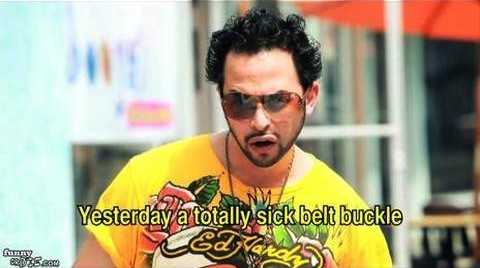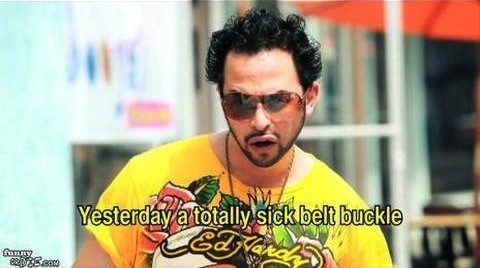The Real Ed Hardy Is an Erudite Printmaker, Now “Famous for All the Wrong Reasons”


At the Los Angeles Review of Books, Margot Mifflin writes about the little-known life story of Don Ed Hardy:
[G]rowing up in Southern California in the 1950s, he mock-tattooed his friends from the age of 10; visited tattoo shops in arcades on the Long Beach Pike as a teen; and frequented the nascent Los Angeles gallery scene in the early 1960s. Hardy studied at the San Francisco Art Institute (SFAI) during the last splash of the Bay Area figurative art movement, and pursued a passion for printmaking that presaged his formal interest in tattooing.
“I loved artwork that had a specific craft, stringent demands involving tools and techniques that had to be done a certain way,” he writes. “I liked monochromatic art, stuff in black and white and gray tones. I loved the dark shades you could get with the lithos, and I liked the idea that it was a multiple original. I liked the democratic, anti-elitist nature of that. It was a people’s art.
In his last year at SFAI, Hardy gave a lecture on the forgotten folk art of tattooing — also a “people’s art,” which revived his interest in the practice. […] After he graduated in 1967, Hardy declined a full graduate teaching scholarship at Yale in order to pursue tattooing. He met and worked with the Honolulu-based tattooist Norman “Sailor Jerry” Collins, who had developed a love of Asian culture during his travels in the navy. Collins was known for synthesizing classic American imagery with the larger scale, finer detail, and greater complexity of Japanese tattooing — and for his innovations with color. He corresponded with Japanese tattooists, and arranged for Hardy to study with Kazuo Oguri in Japan in 1973, making him the first Westerner to work with a traditional Japanese master.
In 2004, he licensed his designs to Christian Audigier, the French designer also responsible for Von Dutch and Fiorucci (“This guy is at ground zero of everything that’s wrong with contemporary civilization,” concluded Hardy initially) in an attempt to make some cash; we all know the results of this endeavor.
Emblems designed to hug bodies look terrible on hoodies — and worse on trucker hats. Stripped of context, the tattoos read like signboards. The franchise exploited a medium rooted in individual expression, slicked it up with glitter and studs, and replicated it endlessly, making it everything a tattoo is not.
For the last five years, Hardy has stepped away from tattooing, focusing on his printmaking instead.
[LARB]